Operation Dynamo or the Dunkirk Evacuation
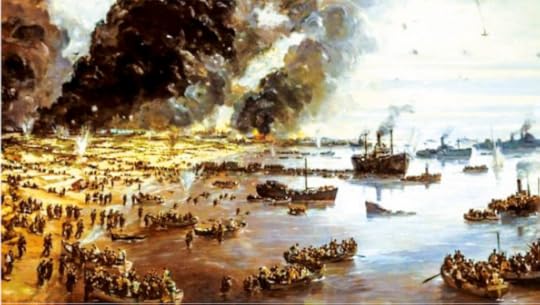
Impression of the Dunkirk Evacuation
Introduction
The official start of World War 2 in Western Europe was 1 September 1939, when Hitler invaded Poland. It immediately sent the Western front on alert. The Belgium and French forces, including the British Expeditionary Force (BEF), prepared for an invasion by protecting the borders with Germany, particularly in Belgium and France.
However, it wasn't until after the long winter of the Phoney war was over, in April 1940, that Hitler's armies spread like an oil spill over the rest of Europe. First, the Germans conquered the Northern countries, Denmark, and Norway. Then starting on 10 May 1940, Holland, Belgium, and Luxembourg were quickly overrun.
The German advance was carried out by two armies. A smaller army swept through Holland and Belgium straight into northern France. Most of the Allied forces hurried north to stop it.
The main German force advanced through Luxembourg, broke through the French lines at Sedan, and sped across northern France to the coast. They moved so fast with such an overkill of armoured columns that the Allies stood no chance. This forked German tactic cornered them on a small strip of the Belgian and French coast.
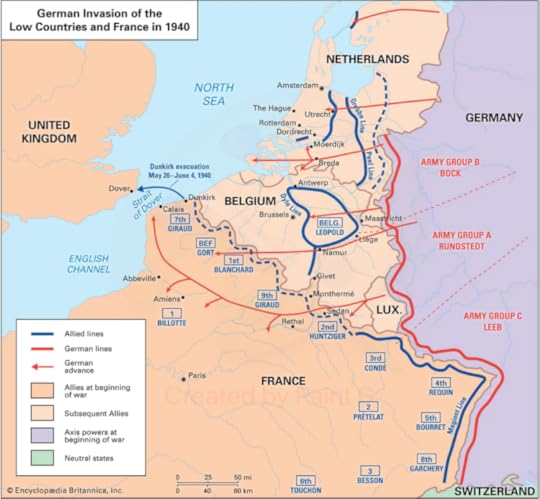
Map Blitzkrieg May 1940
Boulogne fell on 25 May and Calais the next day, leaving Dunkirk the only place still in Allied hands. Was it a viable port from which the BEF and the remains of the French and Belgian armies could escape? Whereto?
What happened next was a miracle. A desperate rescue controlled from below Dover Castle saved thousands of these trapped men from the Dunkirk beaches. This spectacular evacuation undoubtedly changed the course of World War 2. Had Operation Dynamo failed, the Allied cause in Europe would have been lost in May 1940 and Great Britain would - most likely -have had to surrender.
The Dunkirk Evacuation has gone down into the history books as the largest military evacuation ever.
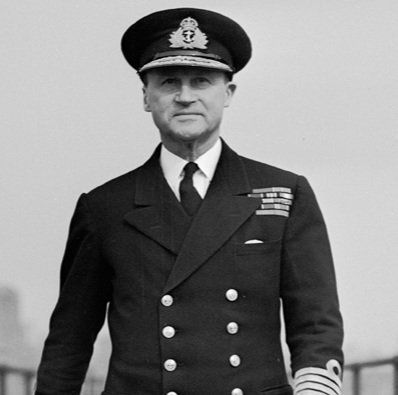
Vice Admiral Bertram Ramsey, the Savior of Dunkirk
The evacuation's organization
Operation Dynamo was the rescue operation Winston Churchill deemed inevitable. From Dover, ships had to be sent to Dunkirk to rescue the trapped men. He ordered the Royal Navy to implement what was considered an undoable operation. It was co-ordinated by Vice Admiral Bertram Ramsay, who had only a small team available underneath Dover Castle to assist him. In the network of tunnels underneath the cliffs, the nerve centre that would oversee Operation Dynamo was centered. You can still visit the Secret Wartime Tunnels today. Here is more information.
As early as 19 May, it was apparent that a rescue operation over sea was the only viable path. Ramsay and his staff at Dover had five days to arrange enough ships to assist in the BEF evacuation. On 26 May, the first convoy of ships sailed across the English Channel.
Difficulties hampering the Dunkirk Evacuation
Both on the land and in the air, the Germans had absolute authority. They were free to go wherever they wanted while the Allied forces were concentrating on defending a small pocket around Dunkirk that was under constant attack. Many thousands of soldiers were crowding the streets and buildings and beaches, the density of their nearness making them extra vulnerable to the unleashing of German air attacks and shelling.
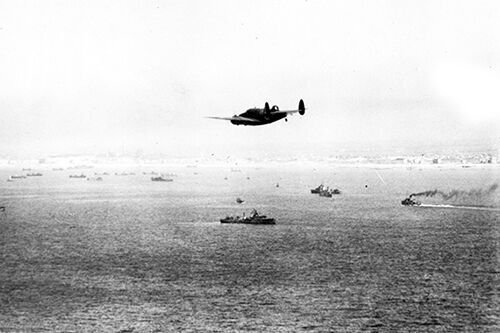


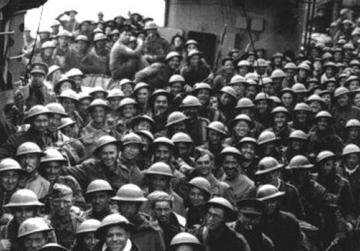
Time ran out for these men, so there was no way to organize a proper and orderly evacuation. The Allies were also impeded by the scarce means of communication between Dover, the ships, and the men in Dunkirk.
The Germans had destroyed Dunkirk's main port, from where an evacuation would have been easier. The Allies were left with two options: the mole (water break) east of the harbour, and the beaches on the north side. Neither was easy to reach. The Dunkirk beaches slope slowly into the North Sea, which meant that a destroyer could not get within one mile of the shore, even at high tide. An extra action was needed by bringing the troops to the waiting ships in small crafts.
Because of these difficulties, the start of the rescue operation was slow and arduous. On 26 May only 8,000 men could be rescued, but in the following days Operation Dynamo honored its name and gathered momentum.
The magic of the ‘Little Ships’
A pivotal role was reserved for the 'little ships' as part of the evacuation. It didn't take Admiral Ramsay and his team much time to realize that by using small vessels, they could reach the beaches and transport the waiting soldiers out to the larger military ships. By 31 May, hundreds of civilian boats, from fishing trawlers, lifeboats, tiny barges and sailing ships had responded to the Navy’s request to come forward.
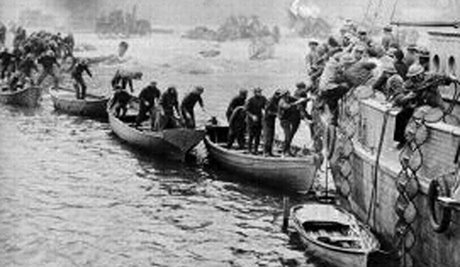
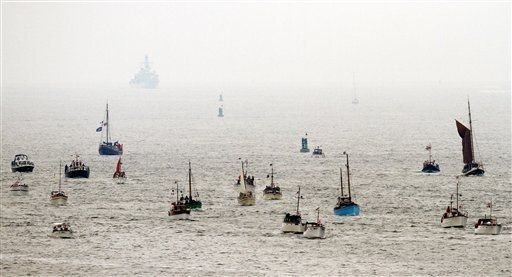
All of those heroically crossed the English Channel to Dunkirk. On some of these ships, a female crew took part, while many of the military vessels had nurses on board.
Most of these ships were crewed by volunteers, who risked life and limbs to repeatedly pick up the queuing soldiers from the beaches and in the water and ferry them to the ships that couldn't reach the coast. They were all constantly under heavy attack from enemy aircraft and artillery.
On their return to Dover, many of these smaller vessels also transported troops across the Channel. Though unmistakably important, two-thirds of the men were evacuated via the mole (239,465), while 98,761 were rescued from the beaches. Guarding the operation were the ships of the Royal Navy, destroyers, minesweepers, and requisitioned merchant vessels with naval crews. They crossed between Dover and Dunkirk many times and suffered very heavy losses.
Disaster or Victory?
The fall of Dunkirk after the evacuation and then the surrender of the whole of France in mid-June 1940, resulted in Britain basically being the only country left for Hitler to conquer. The BEF had had to abandon or destroy almost all its heavy equipment at Dunkirk. For Hitler, this was the reason to declare the Dunkirk Evacuation a victory for Germany.
But by rescuing most of its army, Operation Dynamo was Winston Churchill's first important win of WW2. Most of his trained, experienced troops were intact. Not only morale wise, the evacuation was a boost, but it also meant they had reserves to fight. Operation Dynamo became a crucial event in the Second World War. It inspired Churchill to one of his all-time famous and dramatic speeches in the House of Commons:

Churchill’s Speech after Dunkirk
“We shall go on to the end… we shall fight on the seas and oceans, we shall fight with growing confidence and growing strength in the air, we shall defend our Island, whatever the cost may be, we shall fight on the beaches… we shall fight in the hills; we shall never surrender.”
But he also said:
‘We must be very careful not to assign to this deliverance the attributes of a victory. Wars are not won by evacuations.’ Winston Churchill, 4 June 1940.
Further reading:
Articles:
9 things you (probably) didn't know about Dunkirk by James Holland



